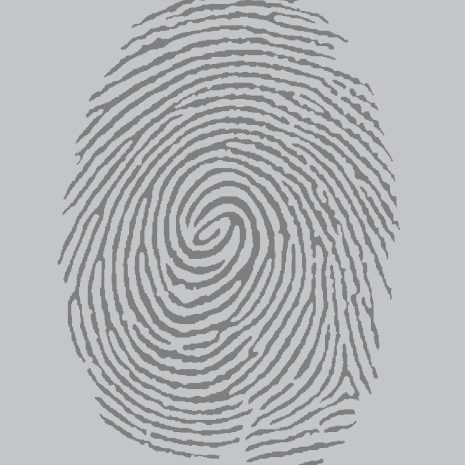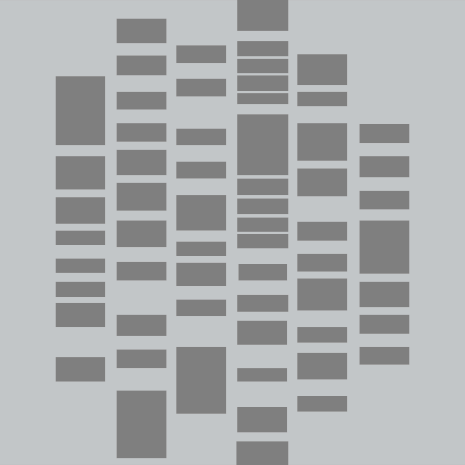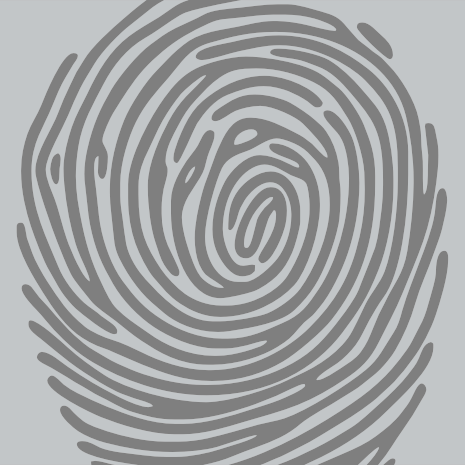



The Absent Presence of Race in Forensic Identification
The RaceFaceID project is an ethnographic study of race in forensic identification. We particularly zoom in on technologies aimed at giving a face to unknown individuals, a suspect or a victim. The face is typically seen as the ultimate individual ‘identifier’. However, individuality can only be achieved by situating the individual within a population. Crucially, rather than defining what race is, we follow the technologically mediates relation between the individual and the population in practice to examine how what a population changes as knowledge travels, when population becomes race, how race becomes relevant and what it is made to be. This open approach towards race allows us to attend to its unruly nature, its absence presence.
To be sure, we do not contend that forensic practice is racist, or that race is particularly urgent in this practice and less in, say, medical practice. Forensic practice is rather a good case to study race. Forensic identification entails an intensive and on-going traffic of knowledge, material, people and paper work between different settings and it involves a high number of actors (scientists, forensic police, prosecutors, legal experts and professionals, the media). Moreover forensics is quintessentially about following the trail of material traces from crime scene to court. This intensive traffic and interactions, as well as the pivotal role of materiality, allow us to conduct a detailed study of the on-going translations that come about when knowledge and objects travel and to learn about the materiality of race.






The chief objectives of the RaceFaceID project evolve around the following questions:
- how technologies of identification rely on and reiterate racial ways of understanding differences;
- how the version of race enacted in the process changes as knowledge travels across forensic sites;
- which mechanisms contribute to the absent-presentness of race.
Three separate yet related studies explore this entanglement of race, population, identification, science and society, by focusing on three different technologies of identification:
- the frontier science of genetic facial phenotyping, e.g. the inference of facial form, hair, skin and iris colour from DNA
- the established technologies of craniofacial reconstruction, a facial reconstruction based on the skull
- the classical facial composite based on sketching or computerised photofit
Working on face and its role in forensics identification, visibility invisibility, vision and facial recognition plays an obvious role. As part of the above sub-projects two further studies are aimed at informing the project as a whole:
Given the intensity of crime and the danger of reading race into forensic practices of identification we study a number of cases outside the criminal justice system proper as to produce a contrast to help us understand the relation between the individual and the population and the issue of race and face.
